Rice porridge, known as congee in many Asian cultures, is a comforting and versatile dish enjoyed worldwide. Whether served as a breakfast staple, a soothing remedy for illness, or a base for savory toppings, its creamy texture and mild flavor make it a beloved meal. However, one common frustration when preparing rice porridge is its tendency to boil over, creating a messy stovetop and potentially wasting ingredients. This article explores three practical, time-tested methods to prevent rice porridge from boiling over, ensuring a smooth cooking process and a perfect result every time.
Understanding the Science Behind Boiling Over
Before diving into solutions, it’s essential to grasp why rice porridge boils over. When rice and water are heated, starches in the rice granules absorb liquid and swell. As the mixture reaches boiling point, the starches release, creating foam. This foam traps steam, causing the liquid to rise rapidly and spill over the pot’s edges. Factors like high heat, excessive starch content, and inadequate pot size exacerbate the issue. By addressing these triggers, you can maintain control over the cooking process.
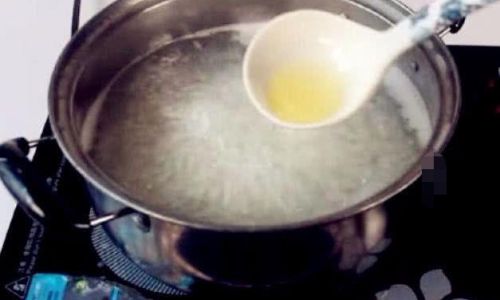
Method 1: The Heat-Control Technique
The simplest yet most effective way to prevent boiling over is by mastering heat management. Here’s how:
- Start with Cold Water: Always begin by rinsing the rice under cold water until the liquid runs clear. This removes excess starch, reducing foam formation.
- Use a Heavy-Bottomed Pot: A thick-based pot distributes heat evenly, minimizing hotspots that cause aggressive bubbling.
- Medium-Low Heat: Bring the water and rice to a boil over medium heat, then immediately reduce to the lowest setting. Simmering gently allows the rice to release starch slowly without creating violent bubbles.
- Stir Occasionally: A quick stir every 5–7 minutes breaks up surface tension and prevents foam from accumulating. Use a wooden or silicone spatula to avoid scratching the pot.
- Partial Covering: Leave the lid slightly ajar to allow steam to escape. This regulates pressure inside the pot, reducing the risk of overflow.
Pro Tip: If using a gas stove, tilt the lid slightly to vent steam. For electric coils, ensure the pot is centered to avoid uneven heating.
Method 2: The Wooden Spoon Trick
A classic kitchen hack involves placing a wooden spoon or spatula across the pot’s rim. This method leverages simple physics:
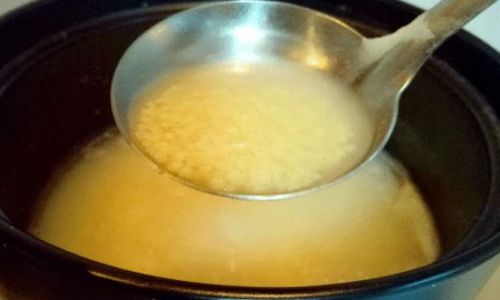
- Material Matters: Wood is porous and slightly hydrophobic, meaning it repels water. When bubbles rise, the spoon disrupts their surface tension, causing them to pop before spilling.
- Proper Placement: Lay the spoon horizontally so it rests on two opposite edges of the pot. Ensure it’s not submerged in the liquid.
- Safety First: Never leave the spoon unattended, as prolonged exposure to heat can char the wood. Opt for bamboo or heat-resistant silicone alternatives for added durability.
- Combine with Heat Control: Use this trick alongside low heat for double insurance. The spoon acts as a backup if bubbles momentarily surge.
Cultural Insight: In many Southeast Asian households, this method is passed down through generations, often paired with specific porridge recipes like jook (Chinese rice porridge) or okayu (Japanese version).
Method 3: The Oil Addition Method
Adding a small amount of fat to the pot creates a barrier that inhibits foam formation. Here’s the process:
- Choose the Right Oil: A neutral oil like vegetable, canola, or sesame oil works best. Avoid strong-flavored oils like olive or coconut, as they can alter the porridge’s taste.
- Quantity Control: Add ½–1 teaspoon of oil per cup of rice. Too much oil will make the porridge greasy, while too little won’t prevent boiling.
- Timing: Stir the oil into the water before adding the rice. This ensures even distribution and maximum effectiveness.
- Stir Gently: As the porridge cooks, stir occasionally to prevent the oil from separating. The fat coats the rice grains, reducing starch release and foam.
Scientific Explanation: Oil lowers the surface tension of the liquid, making it harder for bubbles to form and rise. This method is particularly useful when cooking glutinous or short-grain rice, which releases more starch.
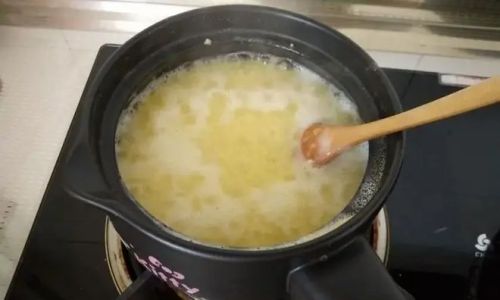
General Tips for Perfect Rice Porridge
- Soak the Rice: Soaking rice for 30 minutes before cooking reduces cooking time and starch release.
- Water-to-Rice Ratio: Use a 6:1 ratio of water to rice for thin porridge or 4:1 for thicker consistency. Adjust based on personal preference.
- Avoid Distractions: Stay nearby during the first 10–15 minutes of cooking, as this is when boiling over is most likely.
- Use a Tall Pot: A pot with high sides gives the liquid more room to expand without spilling.
- Add Ingredients Wisely: If adding meat, vegetables, or aromatics like ginger, do so after the rice has softened to avoid introducing additional starches early on.
Troubleshooting Common Issues
- Still Boiling Over? Check if your pot is too small or the heat is too high. Switch to a larger pot or reduce the flame further.
- Lumpy Texture: Ensure continuous simmering without frequent lid removal, which cools the porridge and prolongs cooking.
- Burnt Bottom: Avoid high heat and stir the porridge gently to prevent sticking. Consider using a diffuser if cooking over direct flame.
Alternative Methods and Innovations
For those seeking modern solutions, consider these tools:
- Electric Rice Cookers: Many models have a “porridge” setting that automatically regulates heat and prevents boiling over.
- Silicone Lid Clips: These attach to the pot’s lid, creating a small gap for steam to escape without losing heat.
- Non-Stick Pots: Reduce sticking and make cleanup easier, though they don’t inherently prevent boiling over.
Cultural Adaptations and Creative Twists
Rice porridge is a canvas for global flavors. Experiment with:
- Savory Toppings: Fried garlic, scallions, soft-boiled eggs, or pickled vegetables.
- Sweet Variations: Coconut milk, honey, or fresh fruit for a breakfast twist.
- Herbal Infusions: Add dried goji berries, Chinese dates, or ginger for medicinal benefits.
Conclusion
Mastering the art of preventing rice porridge from boiling over elevates your kitchen confidence and ensures a hassle-free cooking experience. Whether you opt for the heat-control technique, the wooden spoon trick, or the oil addition method, consistency and attention to detail are key. By understanding the science behind boiling over and adapting these methods to your workflow, you’ll enjoy perfectly creamy porridge without the mess. So, the next time you crave a comforting bowl of rice porridge, apply these tips and savor the process—and the delicious results.
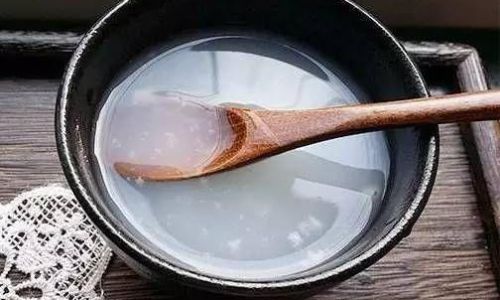


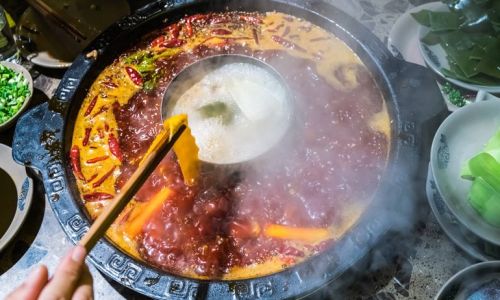

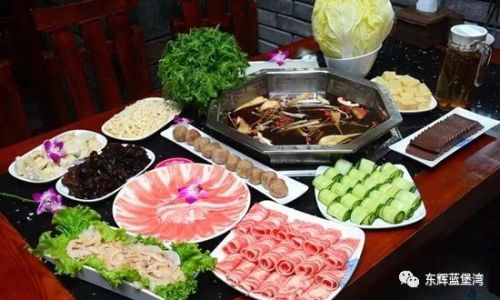
0 comments